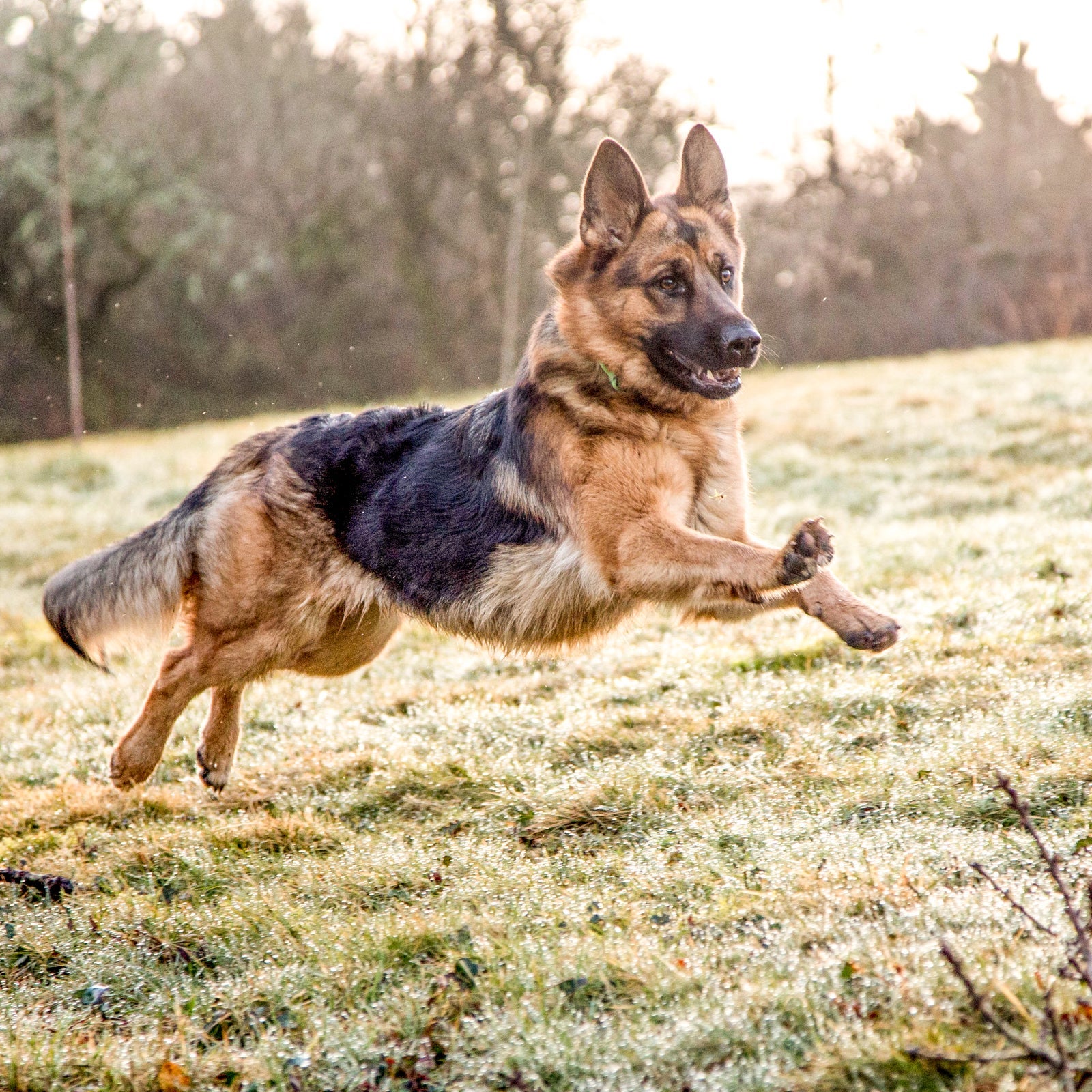News Blast
Your daily source for breaking news and insightful articles.
Teaching Your Dog to Speak: How to Make Your Pup a Chatty Companion
Unleash your pup's potential! Discover fun tips to teach your dog to speak and turn your furry friend into a chatty companion.
5 Easy Steps to Teach Your Dog to Speak on Command
Teaching your dog to speak on command can be a fun and rewarding experience for both you and your furry friend. To start, ensure you're in a quiet environment with minimal distractions. Begin by using a trigger, such as a doorbell or someone knocking, to elicit barking. When your dog barks, immediately reward them with a treat and praise. This reinforces the behavior and helps them associate the sound with a positive outcome. Repeat this process several times until your dog begins to bark on cue.
Once your dog is responsive to the initial trigger, it's time to introduce the command. Use a clear and consistent command like ‘speak’ or ‘talk’ right before you expect them to bark. Practice regularly, but keep training sessions short and engaging. Don't forget to reward them with treats and positive reinforcement every time they respond correctly. Gradually phase out the triggers and focus on their vocalizations, rewarding them for barking on command alone. With patience and consistency, your dog will learn to speak on command with ease!

Common Mistakes to Avoid When Training Your Dog to Talk
Training your dog to talk can be a fun and rewarding experience, but it's important to avoid common mistakes that can hinder progress. One of the most frequent errors is inconsistency in commands. When teaching your dog to vocalize on cue, it's crucial to use the same word or phrase every time. This helps your pet understand what is expected. For example, if you use both 'speak' and 'talk,' your dog may become confused. Additionally, make sure all family members use the same terminology to promote coherence in training.
Another mistake to avoid is neglecting positive reinforcement. Dogs respond best to positive encouragement, so when your furry friend attempts to vocalize, it's essential to reward this behavior immediately. This could be in the form of treats, praise, or playtime. Without consistent reinforcement, your dog may not associate speaking with a positive outcome, leading to frustration for both of you. Remember, patience and consistency are key components of successful training!
Is Your Dog Trying to Communicate? Understanding Canine Vocalizations
Dogs are remarkable communicators, utilizing a variety of vocalizations to express their feelings and needs. From barking to growling, each sound carries a different message. For instance, a high-pitched bark may indicate excitement or playfulness, while a low growl could be a warning or sign of discomfort. Understanding these canine vocalizations is crucial for pet owners who want to foster a better bond with their furry companions. Observing your dog's body language in conjunction with their sounds can provide deeper insight into what they are trying to say.
In addition to barking and growling, dogs also use whining as a way to communicate. This sound can indicate a range of emotions, such as anxiety, hunger, or the need for attention. By paying close attention to the context in which your dog vocalizes, you can better interpret their needs. For example, if your dog whines when you leave the room, it might be expressing separation anxiety. Understanding these nuances not only enhances your relationship with your dog but also helps you respond appropriately to their needs.